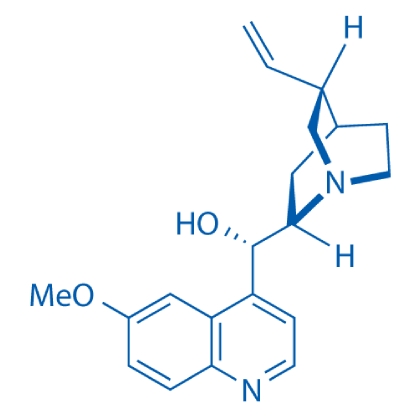|
Description |
Punicalin exerts anti-inflammatory, antioxidative, and anti-hepatotoxic activities, it shows inhibitory activity on HIV-1 reverse transcriptase in a dose-dependent manner, with an IC50 of 0.11 microg/ml (0.14 microM). |
|
Targets |
HIV | Immunology & Inflammation Related |
|
In Vivo |
Effects of punicalagin and punicalin on carrageenan-induced inflammation in rats. |
|
Punicalagin and Punicalin were isolated from the leaves of Terminalia catappa L |
|
METHODS AND RESULTS |
|
In this study, we evaluated the anti-inflammatory activity of punicalagin and Punicalin carrageenan-induced hind paw edema in rats. After evaluation of the anti-inflammatory effects, the edema rates were increased by carrageenan administration and reduced by drug treatment. After 4 hr of carrageenan administration, the best effect group was the punicalagin (10 mg/kg) treated group (inhibition rate was 58.15%), and the second was the punicalagin (5 mg/kg)-treated group (inhibition rate was 39.15%). However, even if the anti-inflammatory activity of punicalagin was the same as Punicalin at the 5 mg/kg dose, the inhibition effect from larger doses of punicalagin was increased, but there was a decrease with a larger dose of Punicalin. |
|
CONCLUSIONS |
|
The data showed that both punicalagin and Punicalin exert anti-inflammatory activity, but treatment with larger doses of Punicalin may induce some cell damages. |
|
Antioxidant and hepatoprotective activity of punicalagin and punicalin on carbon tetrachloride-induced liver damage in rats |
|
Punicalagin and Punicalin, isolated from the leaves of Terminalia catappa L., are used to treat dermatitis and hepatitis. Both compounds have strong antioxidative activity. The antihepatotoxic activity of punicalagin and Punicalin on carbon tetrachloride (CCl4)-induced toxicity in the rat liver was evaluated. |
|
METHODS AND RESULTS |
|
Levels of serum glutamate-oxalate-transaminase and glutamate-pyruvate-trans-aminase were increased by administration of CCl4 and reduced by drug treatment. Histological changes around the liver central vein and oxidation damage induced by CCl4 also benefited from drug treatment. The results show that both punicalagin and Punicalin have anti-hepatotoxic activity but that the larger dose of Punicalin induced liver damage. |
|
CONCLUSIONS |
|
Thus even if tannins have strong antioxidant activity at very small doses, treatment with a larger dose will induce cell damage. |



Reviews
There are no reviews yet.